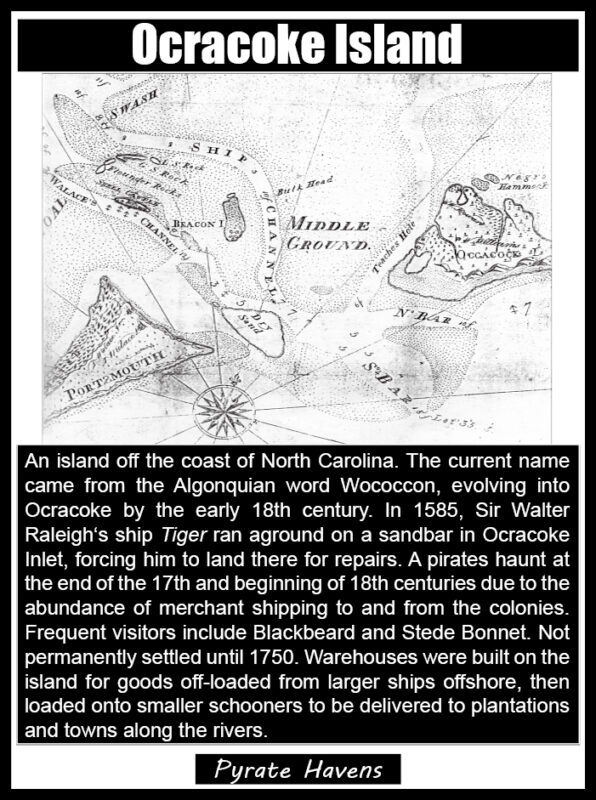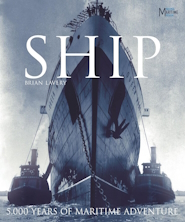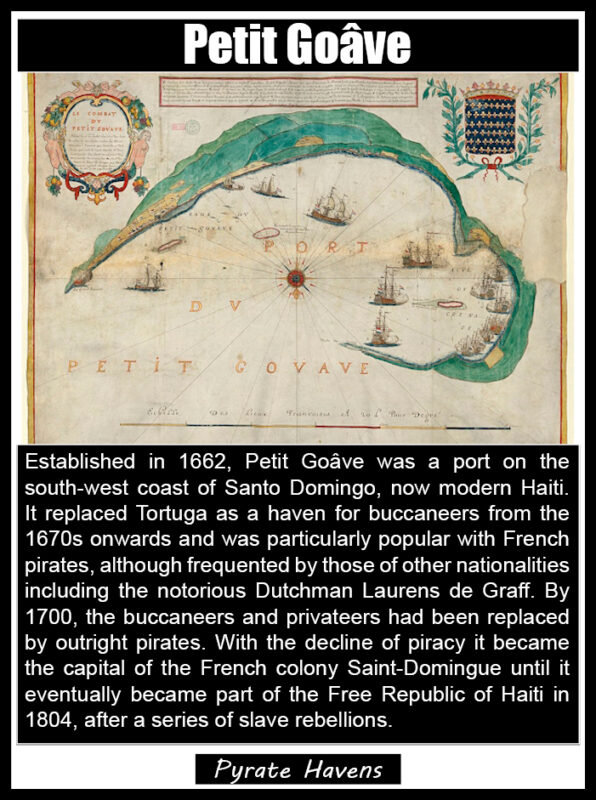
Author: savage
Henry Jennings
 Henry Jennings was an unusual pirate, being a wealthy landowner with estates in both Bermuda and Jamaica. His family were well established on Bermuda, living in Flatts Village in the Hamilton Parish of the island. Little is known of his early life except that he was a privateer during the Spanish War of Succession operating out of Jamaica, where he developed a close relationship with Governor Archibald Hamilton. At times he could be cruel and self-serving. He was also believed to be a supporter of the Jacobite cause. He was later based in Nassau after turning from privateering to piracy, becoming a mentor to Charles Vane and an adversary to Benjamin Hornigold.
Henry Jennings was an unusual pirate, being a wealthy landowner with estates in both Bermuda and Jamaica. His family were well established on Bermuda, living in Flatts Village in the Hamilton Parish of the island. Little is known of his early life except that he was a privateer during the Spanish War of Succession operating out of Jamaica, where he developed a close relationship with Governor Archibald Hamilton. At times he could be cruel and self-serving. He was also believed to be a supporter of the Jacobite cause. He was later based in Nassau after turning from privateering to piracy, becoming a mentor to Charles Vane and an adversary to Benjamin Hornigold.
Ship
Ship – 5000 Years of Maritime Adventure by Brian Lavery
 Whether you’re a Master, Commander or Pirate of the Caribbean, this is the vessel for you. From the earliest canoes to today’s sophisticated ocean-going giants, Christopher Columbus to Ellen MacArthur, witness the drama, the splendour and excitement of Ship’s story above and below the waves, through centuries of exploration, endeavour and conflict. Produced in association with the National Maritime Museum.
Whether you’re a Master, Commander or Pirate of the Caribbean, this is the vessel for you. From the earliest canoes to today’s sophisticated ocean-going giants, Christopher Columbus to Ellen MacArthur, witness the drama, the splendour and excitement of Ship’s story above and below the waves, through centuries of exploration, endeavour and conflict. Produced in association with the National Maritime Museum.
Pages: 400
Published: 2005
ISBN: 978-1405311540
The War of the Quadruple Alliance (1718-1720)
 Although a Bourbon king, Philip V, took the throne of Spain after the War of Spanish Succession came to an end, Spain had been forced to give up territory in Italy and the Spanish Netherlands under the 1713 Peace of Utrecht. In 1718, the Spanish wanted to recover some of that lost land. As a result, the conflict known as the War of the Quadruple Alliance broke out between Spain and a coalition consisting of Great Britain, France, and Savoy, later joined by Austria after they had signed peace with the Ottomans. The Dutch Republic also joined the coalition in 1719. The war took place mainly in Sicily and northern Spain with some minor engagements in North America. Additionally, the Spanish supported Jacobite rising of 1719 in Scotland, which is considered to be a part of this conflict.
Although a Bourbon king, Philip V, took the throne of Spain after the War of Spanish Succession came to an end, Spain had been forced to give up territory in Italy and the Spanish Netherlands under the 1713 Peace of Utrecht. In 1718, the Spanish wanted to recover some of that lost land. As a result, the conflict known as the War of the Quadruple Alliance broke out between Spain and a coalition consisting of Great Britain, France, and Savoy, later joined by Austria after they had signed peace with the Ottomans. The Dutch Republic also joined the coalition in 1719. The war took place mainly in Sicily and northern Spain with some minor engagements in North America. Additionally, the Spanish supported Jacobite rising of 1719 in Scotland, which is considered to be a part of this conflict.

